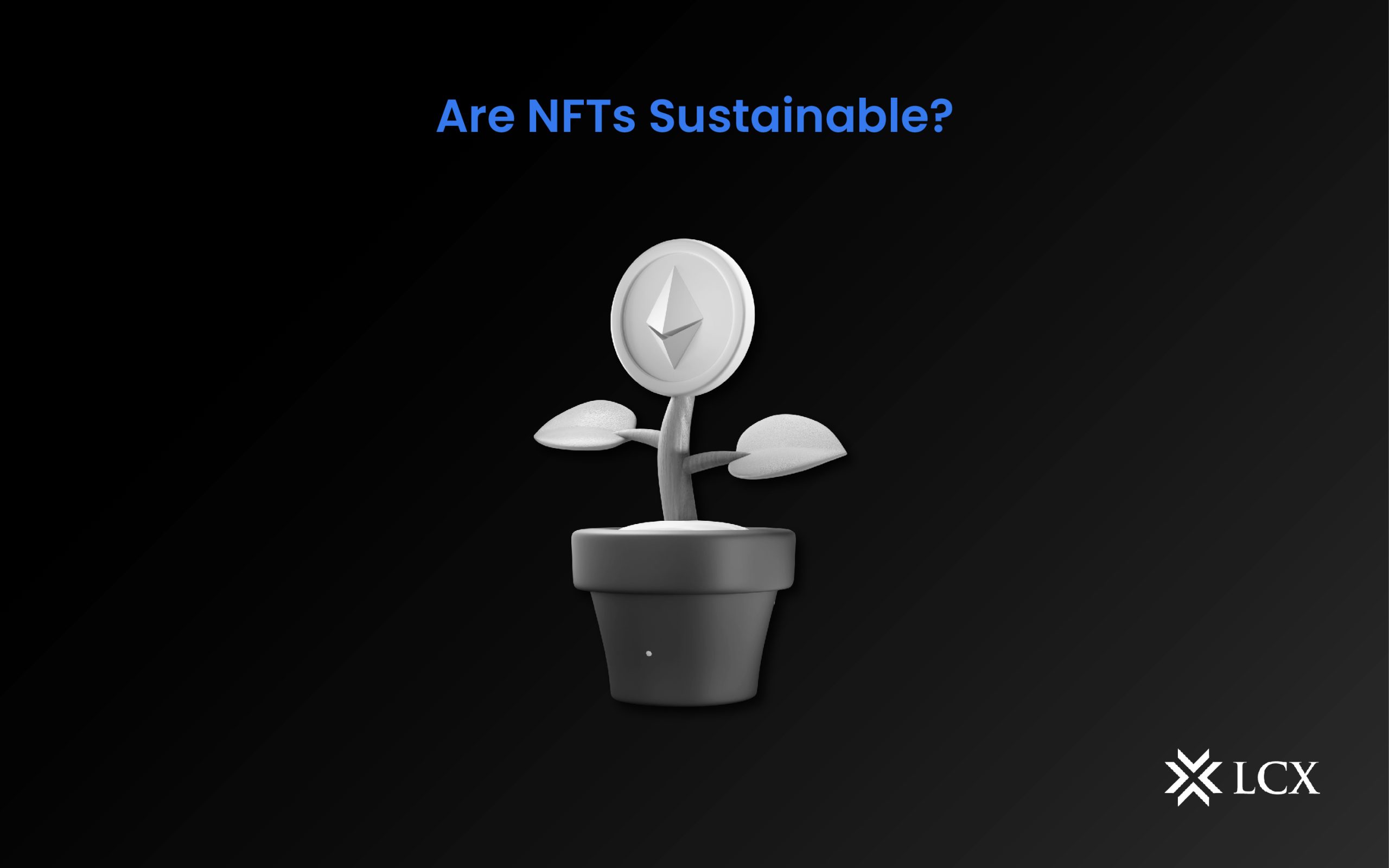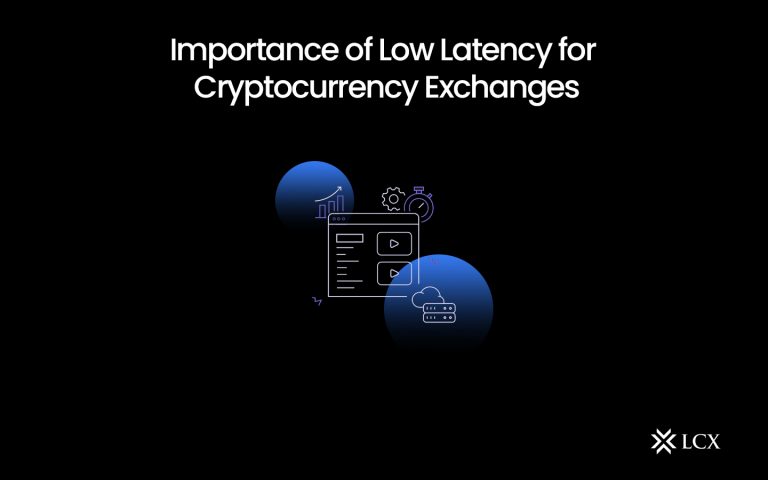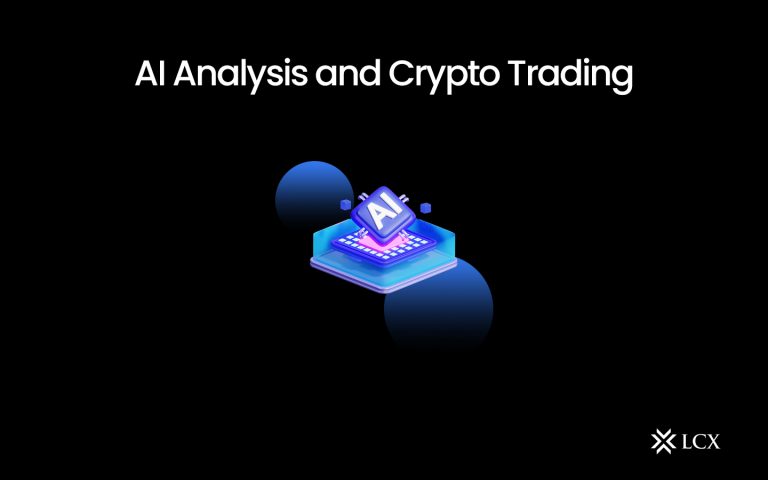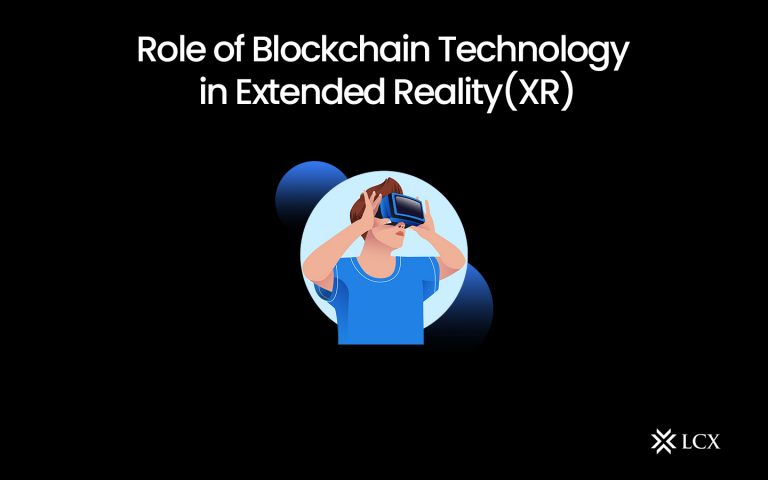NFTs have taken over the virtual world, with several creators and collectors embracing this new form of digital ownership. While it is evident that NFTs have the potential to empower creative industries, concerns have evolved over their environmental impact and long-term economic feasibility. Several individuals consider sustainable NFTs as a breakthrough technology that could transform how digital information is created and shared. But there is still so much to be discovered about sustainable NFTs.
Yet, how do NFTs affect the environment?
In this article, we will investigate the significant environmental impacts of NFTs and whether or not they are sustainable.
In What Ways Do NFTs Affect the Environment?
The blockchain network requires energy to validate and add a transaction to a block when you generate, sell, or purchase an NFT. As the trade of digital assets grows in popularity, networks must consume more energy to facilitate these transactions. Others have concluded that the energy requirements of NFTs may have a negative influence on the environment.
The consensus process implemented by a blockchain network, or NFTs, can be used to calculate how much energy they consume. The majority of blockchain networks now use a Proof-of-Work (PoW) consensus mechanism, which requires miners to solve challenging mathematical problems in order to add blocks and confirm transactions. The demand for energy increases when more non-fungible tokens are created, traded, or acquired.
Furthermore to the energy consumed by these coins themselves, a significant portion of them are also kept on Ethereum-based networks. These networks necessitate petrol expenses in order to complete transactions. This increased the environmental effect of NFTs since miners utilized the PoW consensus to mine Ether, which requires more energy.
It is crucial to remember that non-fungible tokens are not the only sort of blockchain transaction that might contribute to environmental damage. Every transaction on a PoW-based blockchain increases the energy consumption of the network. This is why a number of specialists advocate for a greater reliance on energy-efficient consensus approaches in the future. Non-fungible coins can contribute to a sustainable blockchain landscape with more cost-efficient consensus mechanisms. This could be a great initiative towards sustainable NFTs.
As per the Ethereum Energy Consumption Index (EECI) compiled by Digiconomist, the Ethereum network consumes around 28.61 TWh of electricity yearly (as of March 2023), and that’s equivalent to the energy consumption of Bangladesh or Finland.
This results in an estimated carbon footprint of 13,34 Mt CO2, which is equivalent to the annual emissions of almost 2,800,000 automobiles.
Is Proof-of-Stake a solution to Sustainable NFTs?
Proof-of-Stake (PoS) appears to be part of the solution for lowering the environmental impact of NFTs. Research has demonstrated that PoS can cut energy consumption by orders of magnitude compared to PoW. This indicates that their transactions could be more efficient and have a significantly smaller carbon footprint.
Nonetheless, PoS is not without its limits. It requires a high level of user confidence and consensus to ensure that all validators are performing their duties correctly. Therefore, additional study and experimentation are required before digital tokens may fully transition to Proof-of-Stake.
So, while non-fungible tokens may be associated with an environmental cost, this is not required. With advanced blockchain technology such as Proof-of-Stake, digital currencies can become far more sustainable and energy-efficient. Investors, blockchain engineers, and the environment all benefit from this situation.
Can Investors Buy Energy-Efficient NFTs?
If acquired from the correct places, non-fungible tokens can be remarkably energy-efficient. They operate on a blockchain network and demand power for minting and transaction authentication.
By selecting blockchains with more energy-efficient consensus methods, such as Liquid Proof-of-Stake (LPoS) and Proof-of-History (PoH), digital assets can function with considerably less energy.
Solana, for instance, combines PoS and PoH consensus techniques. It is compatible with NFT marketplaces such as Rarible, Magic Eden, and Solanart. These locations are ideal for purchasing digital tokens with minimal environmental impact.
Tezos, which uses the LPoS consensus method and consumes around 2 million times less energy than Ethereum prior to the Merge, is another greener alternative.
Several NFT, GameFi, and DeFi applications are based on Ethereum, making it the most popular blockchain.
Ethereum can also be considered for the purchase of digital tokens, as its energy usage has decreased dramatically since The Merge. Algorand and Cardano are two other possibilities. Purchasing these assets from various marketplaces is a fantastic way to support NFT artists and contribute to a greener future.
Final Thoughts
The sustainability of NFTs remains a crucial subject that requires continual attention and adaptation. As the sector continues to expand, more energy-efficient consensus procedures will be used.
With advanced blockchain technology such as Proof-of-Stake, non-fungible tokens can become significantly more sustainable and energy-efficient. Because of the Merge event, Ethereum has significantly reduced its energy consumption. In addition to Solana, Tezos, Algorand, and Cardano, among other blockchains that provide greener alternatives for sustainable NFTs purchases. Whether you are an investor or collector seeking to support artists while contributing to a greener future, purchasing tokens from these platforms is one way to do your part today.










